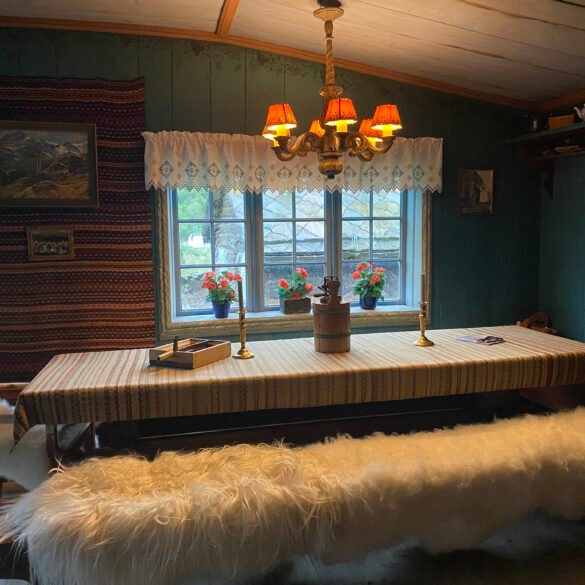It's Thursday evening, and I'm in a conference room of a Chicago office building, waiting patiently for opposing counsel to finish the deposition that's gone on for too long. And then, in what feels like the blink of an eye, it is Friday morning, and Julia and I are sitting in a rooftop restaurant overlooking an impressive Baroque church and multi-layered whitewashed houses clinging to a hill. Wait… what? Are we in southern Spain? And how did we get to Andalucía so fast?
It is not Spain. It is our beloved Mexico. We are in Taxco, Guerrero.
One of the greatest travel hacks we've unlocked over the years is that it's so easy to escape from Chicago to Mexico for a fun-filled weekend. With non-stop flights to Mexico City, Guadalajara, Morelia, and Guanajuato, options for weekend diversions are truly endless. All you need is to hop on a direct red-eye flight after work to find yourself in a completely new and exciting place just a few hours later. The striking colonial architecture in many of these locations can easily fool your brain into believing that you've traveled to Spain or Italy rather than simply south of the border.
We've been eyeing Taxco for a long time. Back in 2008, when we took a bus from Mexico City to Acapulco, road signs pointed to this pueblo magico hidden in the mountains. But we were short on time, so we had to table it for a future trip. Eventually, after visiting Mexico City on many occasions and exploring other nearby towns, it was time to see it. The direct flight from Chicago delivered us to the Mexican capital early in the morning, and after a 2.5-hour comfortable bus ride, through which we mostly slept, we finally made it to the “Silver Capital of the World”.
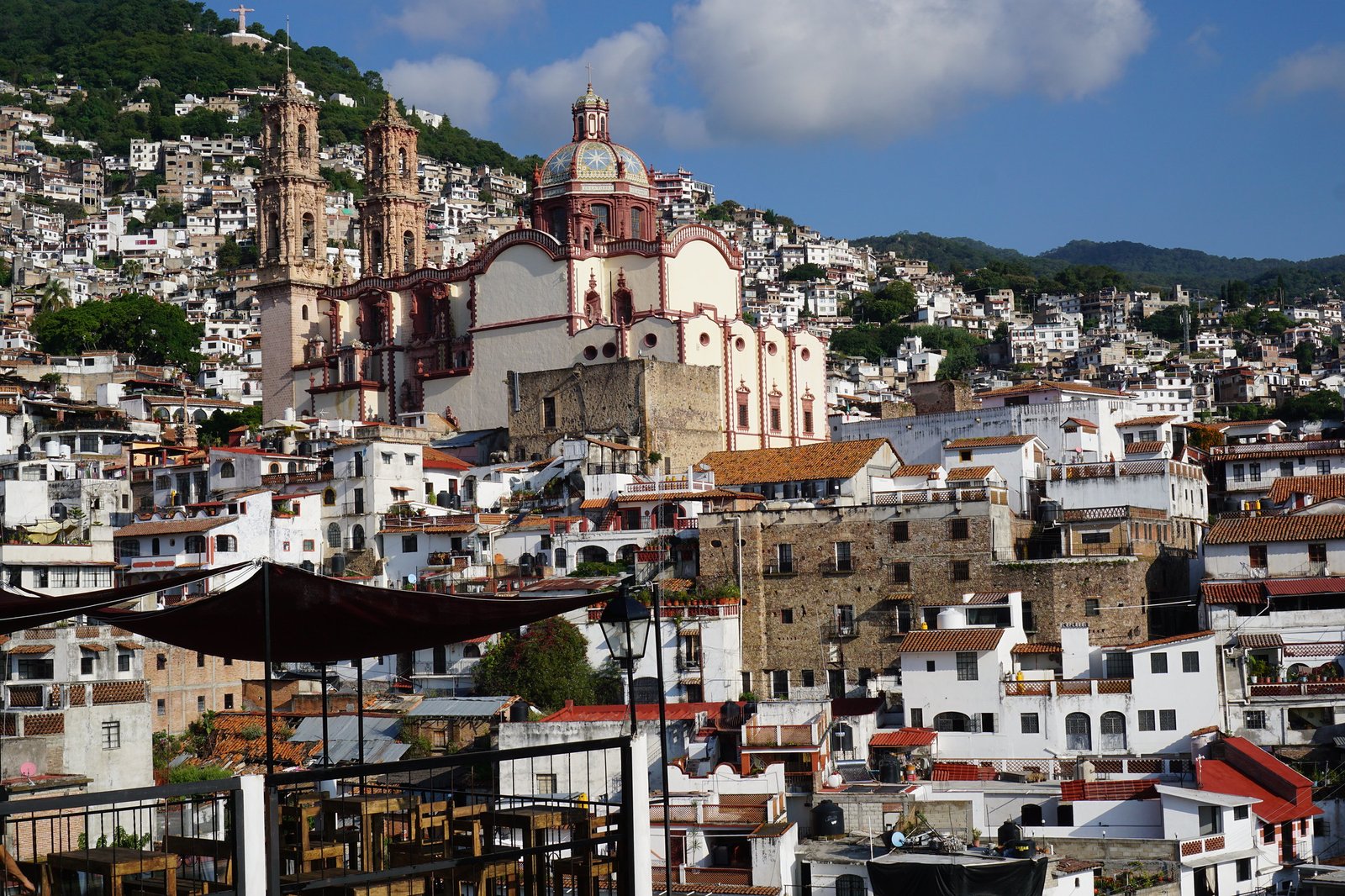
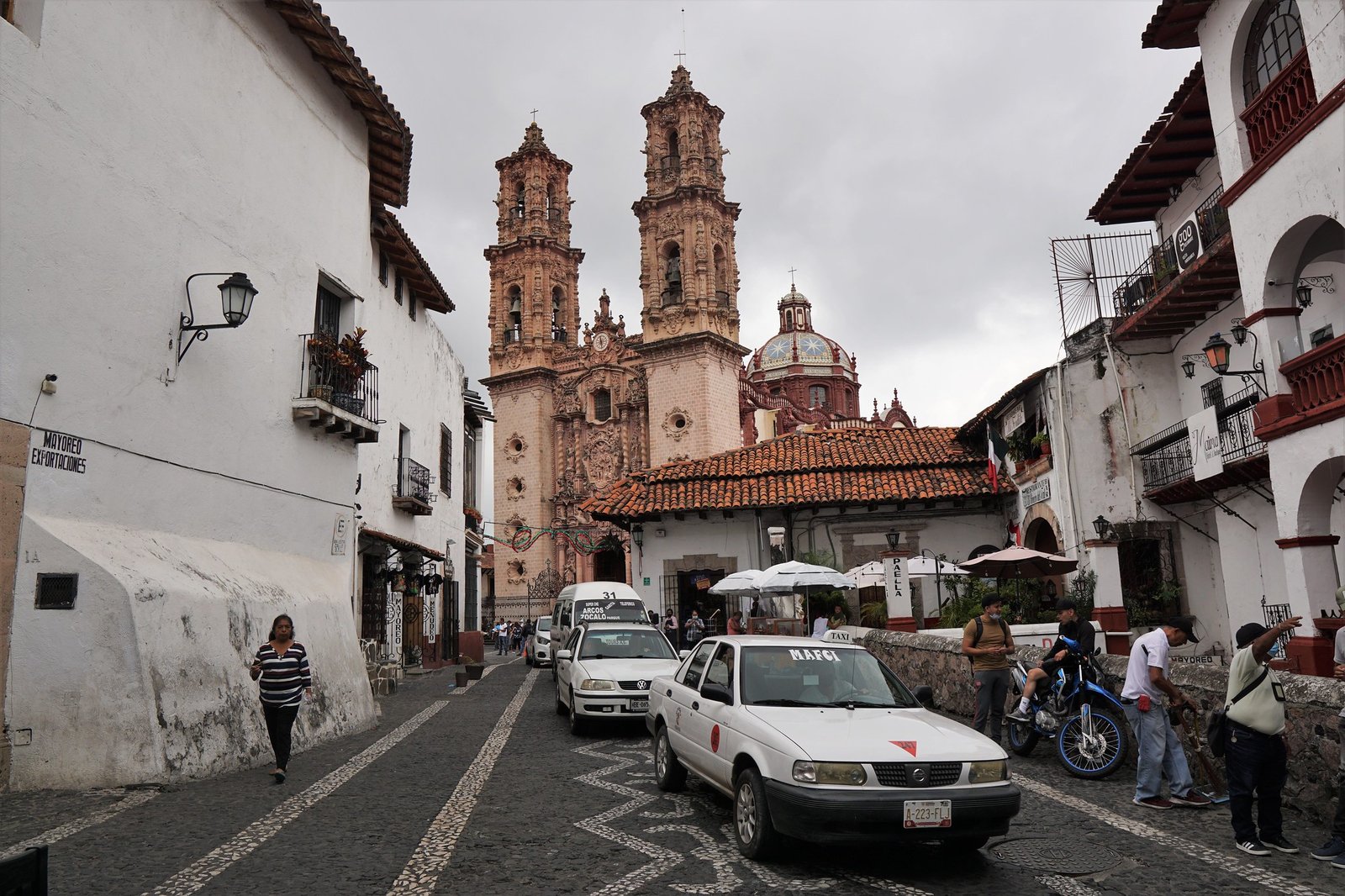
Yes, for most people, Taxco is known for its silver. During the colonial era, it was one of the most important mining centers, along with Zacatecas, Guanajuato, and Real de Catorce, just to name a few. But unlike other places, once the local mines dried up (as they often do), the reputation for silver here continued to live on due to craftsmen who turned it into an artisanal center.
The person who was primarily responsible for Taxco’s continued association with silver is William Spratling, a U.S. jewelry designer who settled here in the 1930s. The workshop that he launched became quite popular and attracted other artisans to town. The artists’ colony grew considerably, and with it grew Taxco’s reputation as a silver hub. When we arrived at our Airbnb, it turned out Julia unknowingly had booked us a room in Casa Spratling—an extensive housing compound overlooking the town center—where “the father of Mexican silver” once lived and worked. The Airbnb was great because not only did we wake up and go to bed with a view of the stunning towers of Santa Prisca church, but also because we had a chance to wander the same rooms that the famous gringo once walked himself.
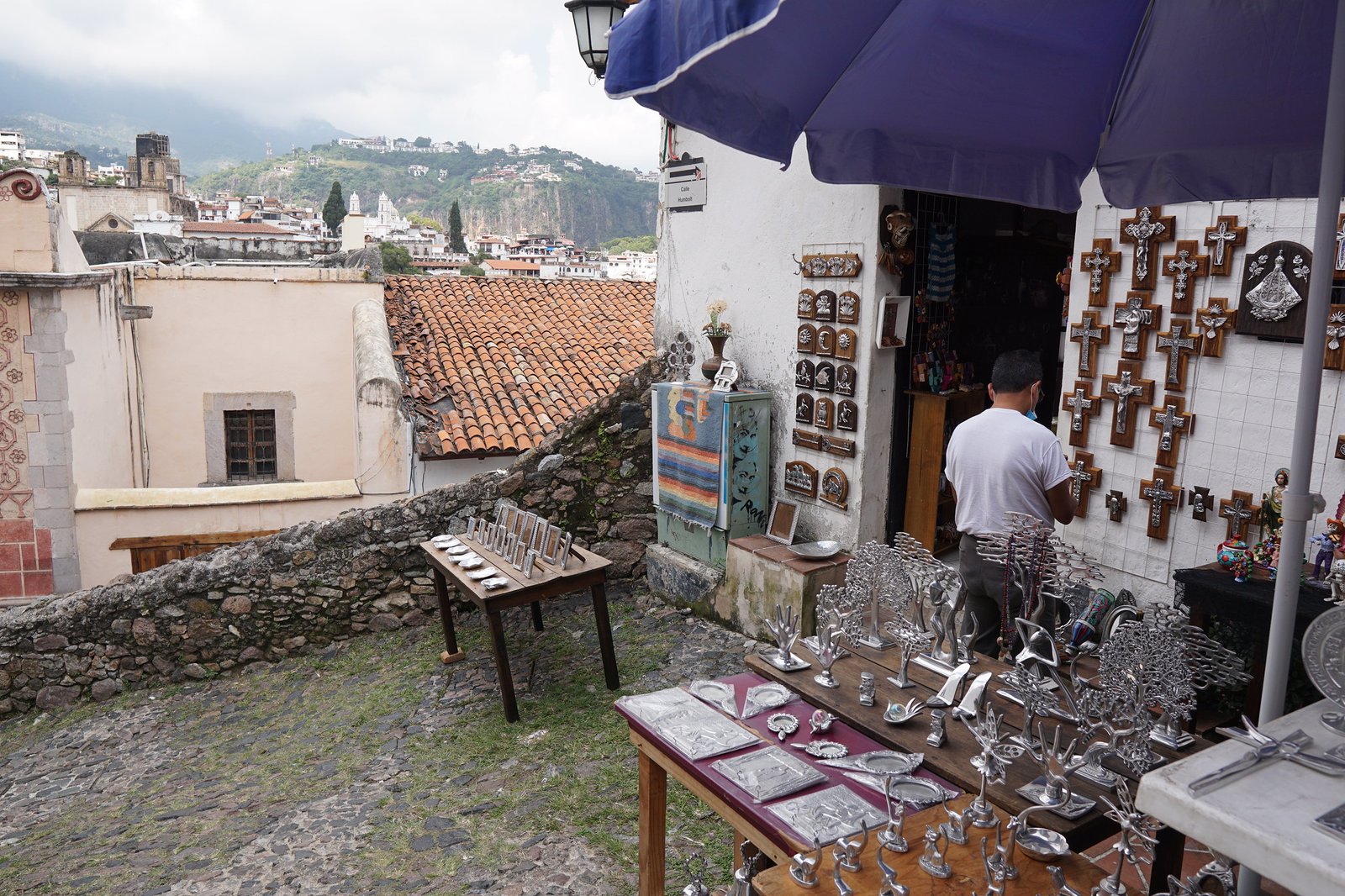
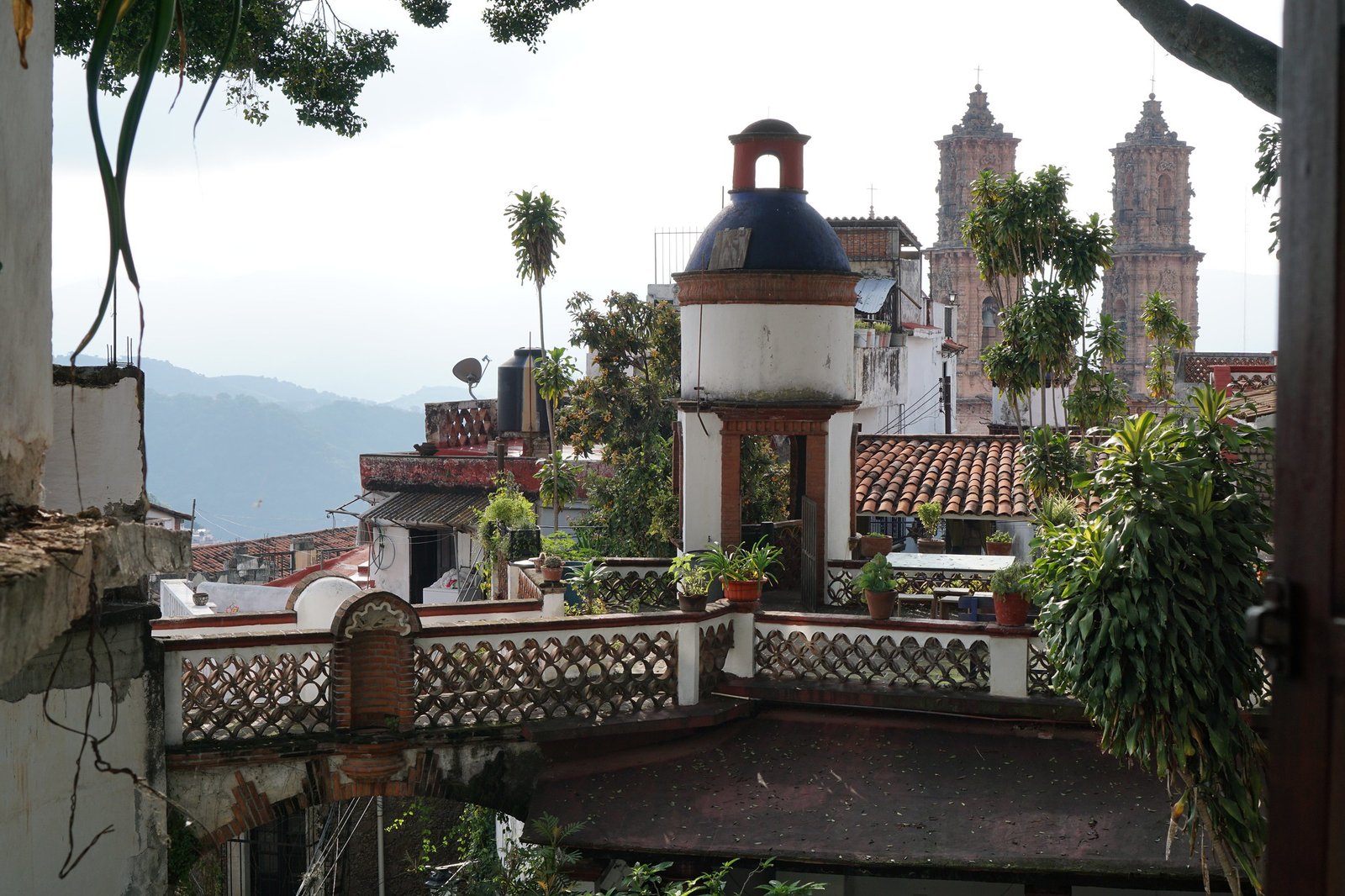
It comes as no surprise that there are plenty of silver-related activities in Taxco. The main thing to do here is to peruse jewelry and decorations at numerous stalls at an open-air market and in stores. Of course, the quality of pieces varies significantly, and you get what you pay for. We didn't care much about shopping and probably were one of the few visitors who left Taxco without buying any silver products. Instead, we browsed exquisite designs by Spratling and his contemporaries at the Spratling Museum. The works included pre-Columbian and Mesoamerican designs, as well as items reflecting Mexican and European artistic influences.
Another silver-related attraction is located on the outskirts of town—a pre-Hispanic mine that has existed for over 500 years. We visited it on a Spanish-speaking tour, and my Spanish ran out when the guide dove into discussing the mine's geology and special tools used for excavating silver. But we were just happy to roam underground and explore the mine that was discovered by accident just several years prior.
If you are wondering whether there is more to Taxco than just hunting for silver, the answer is a “yes”! The town's colonial center is a perfect time capsule waiting to be explored on foot. The streets and alleys are very atmospheric, albeit narrow, crooked, and at times, nearly vertical and defying gravity. A walking tour here gives you a great leg day workout. Because passages are so tight and steep, the most popular vehicle here is a white Volkswagen Beetle. Yet sometimes even these tiny cars fight for space and struggle to complete a turn without first backing up. We took a cab ride in one of these Beetles to the El Cristo monument, and in addition to splendid views of Taxco, we also got an exhilarating ride to the top and back.
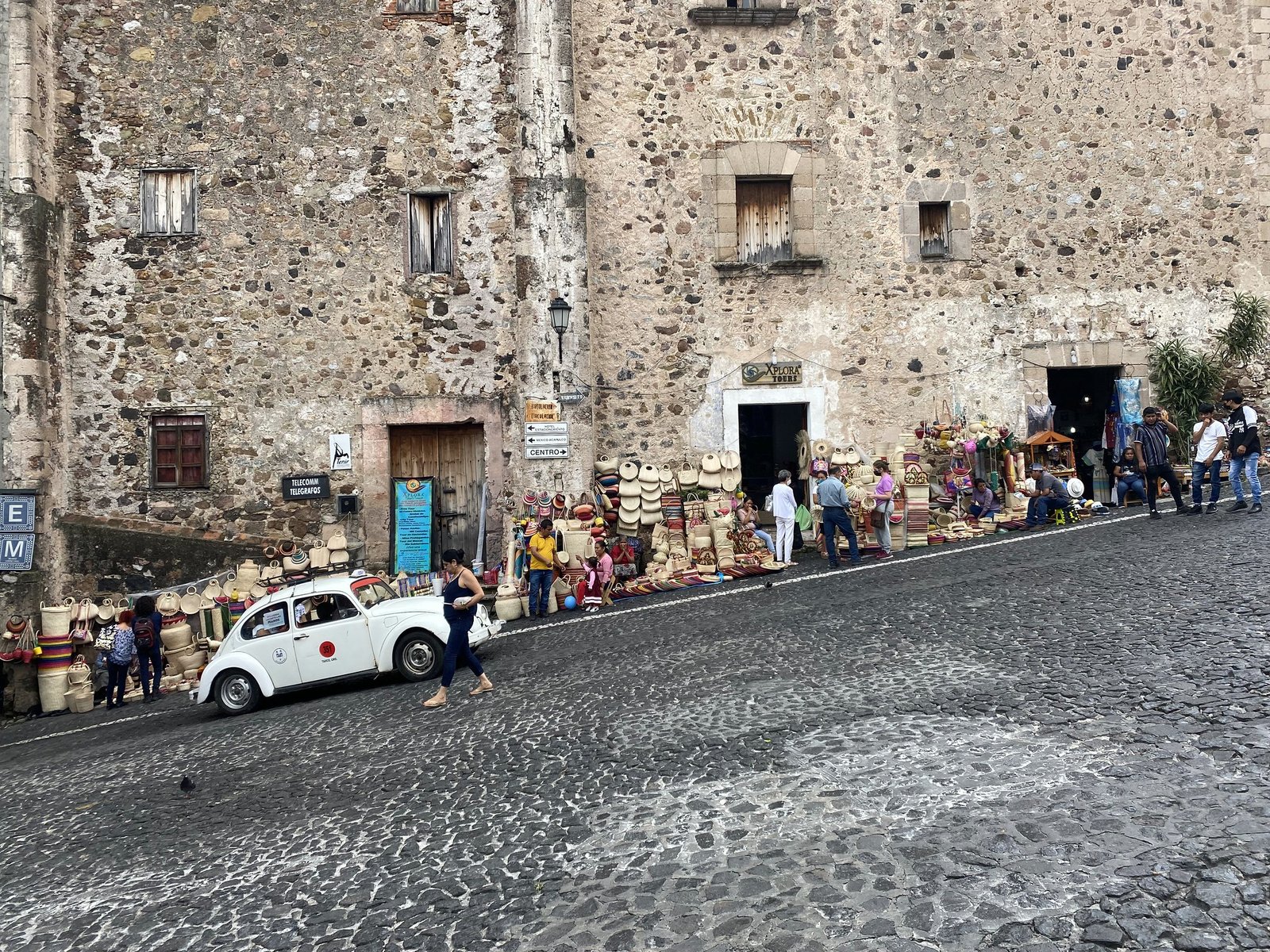
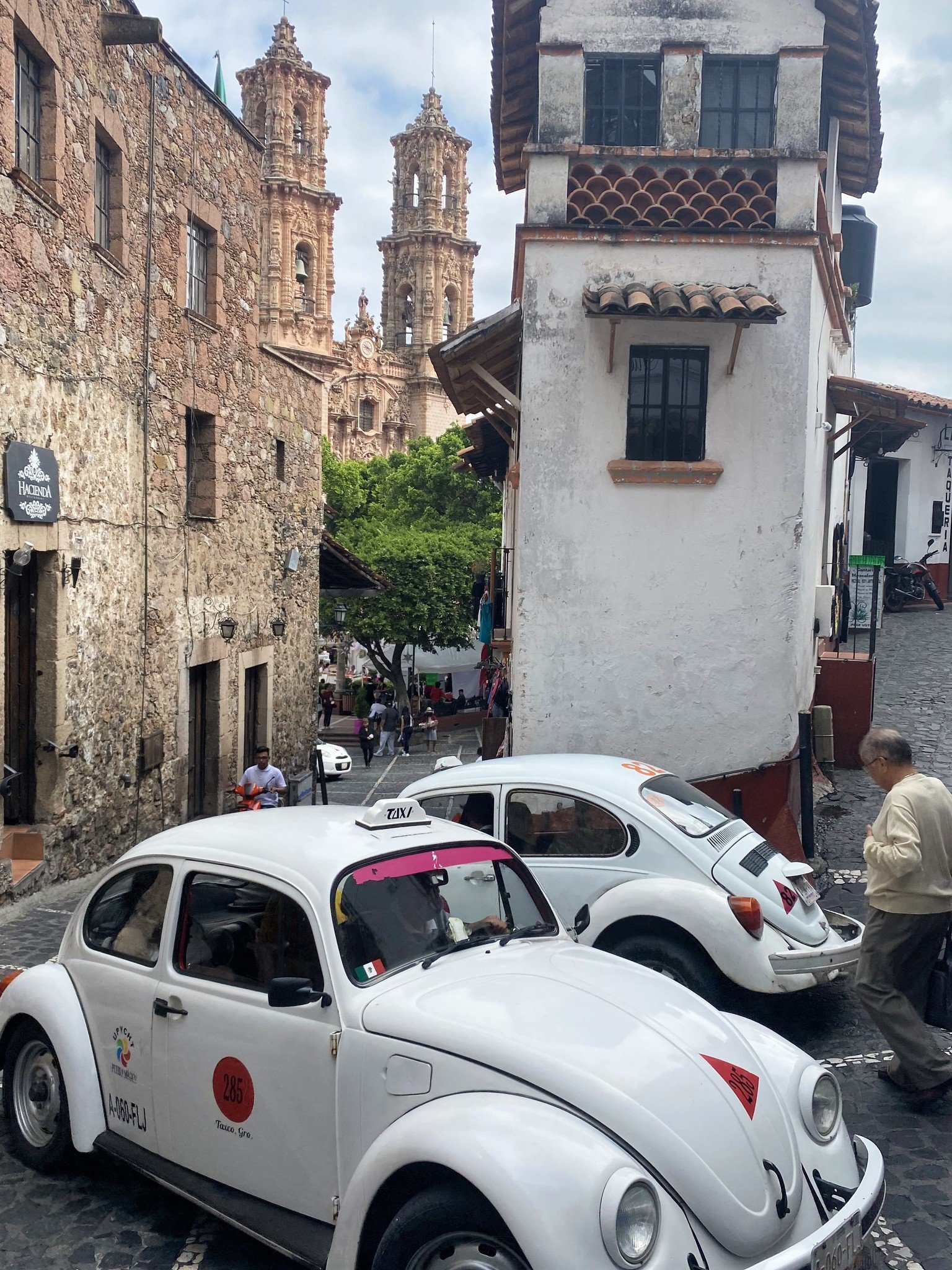
The center also has several small but fascinating museums, and something is always happening at zocalo. The weekend when we visited, the town hosted a corn and tamale festival. There were plenty of corn-related activities, from presentations on how to make certain dishes with corn to a tamale-eating contest that was won by a Chinese tourist who downed 14 tamales in a matter of several minutes.
The festivities took place in front of the crown jewel of Taxco—Santa Prisca church. This 18th-century church is one of the finest examples of Mexican Baroque and was the tallest building in Mexico at the time of construction. Its façade and twin ornate towers are made from pink sandstone, and a massive dome is decorated with polychrome tiles. At dusk, with the sun setting, the church glows with a magnificent pinkish-golden color.
Speaking of pink color, it dominates not only the façade and towers of Santa Prisca but also the local plates. The most delicious dish we tried in Taxco was mole rosa (pink mole). Although we had mole poblano and mole oaxaqueño before visiting Taxco, we didn't know that the state of Guerrero has its version of the famous Mexican sauce. Made from pink pine nuts, pomegranate, and beetroot, it has a distinct pink color and a subtle, sweet taste. Our first and last meals in Taxco were in the restaurant Rosa Amaranto, from the rooftop of which we marveled at the town’s beauty and couldn't get enough of its tasty pink mole, served on chilaquiles and enchiladas.
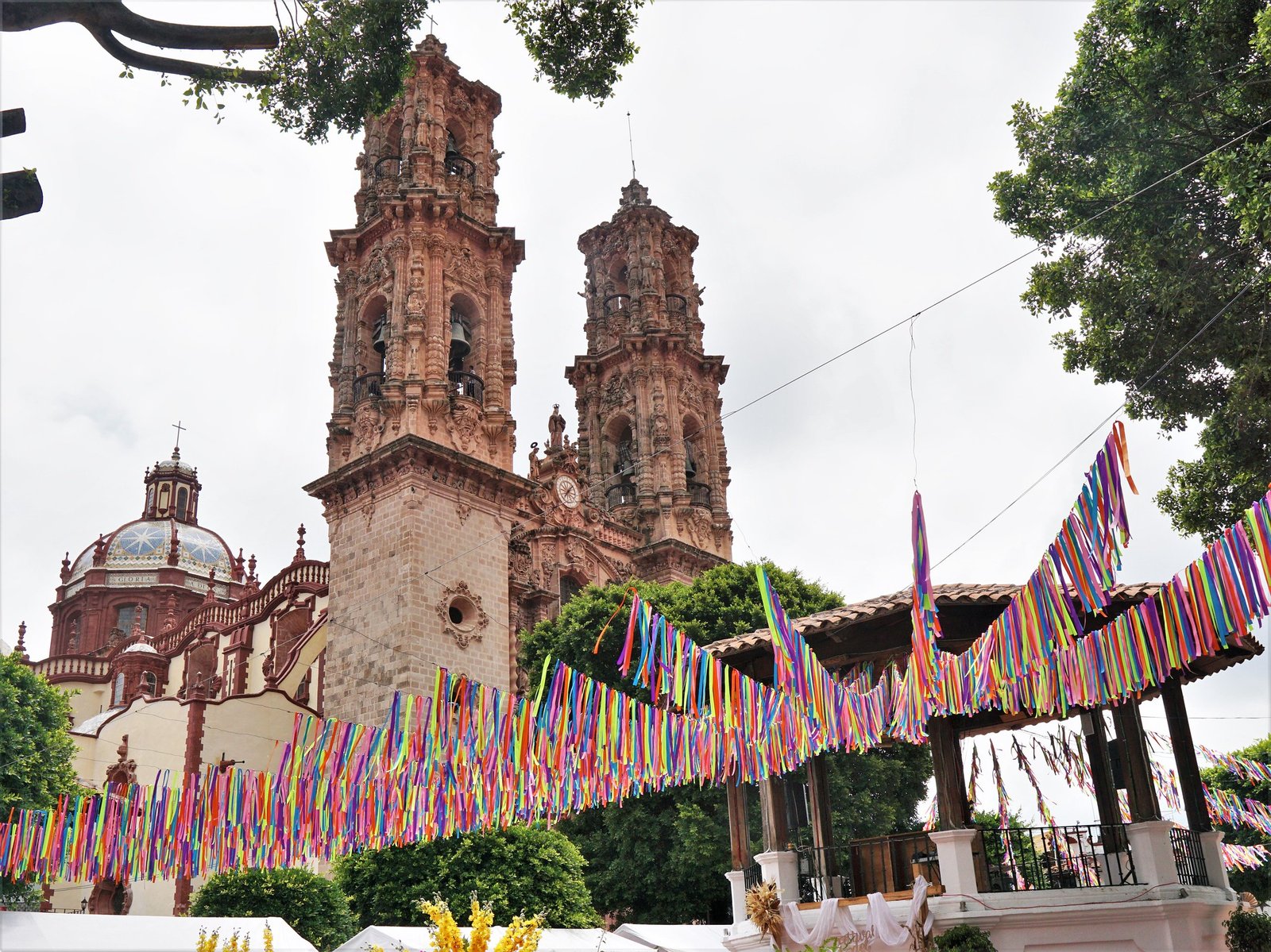
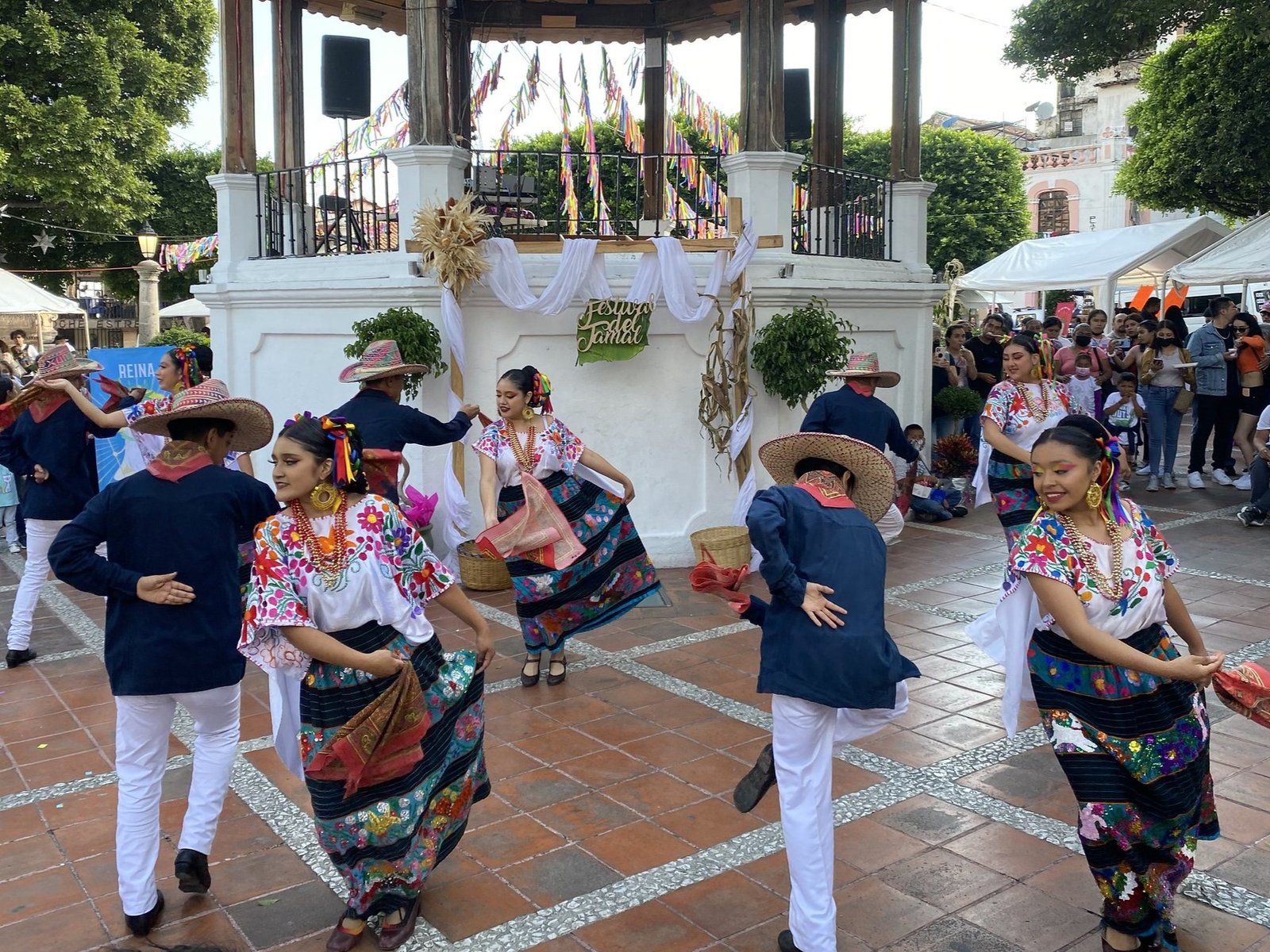

On Sunday evening, we took a bus back to Mexico City and then flew back to Chicago. On Monday morning, I was back in the office, reading through a legal brief at my paper-covered desk. The whole weekend of cobblestone streets, colonial architecture, ornate silver artifacts, sounds of mariachi playing at the tamale festival, and the taste of pink mole now seemed like a dream. But a wonderful thing about Taxco is that no matter how unreal this magical town seems, it’s always just a short flight away.
